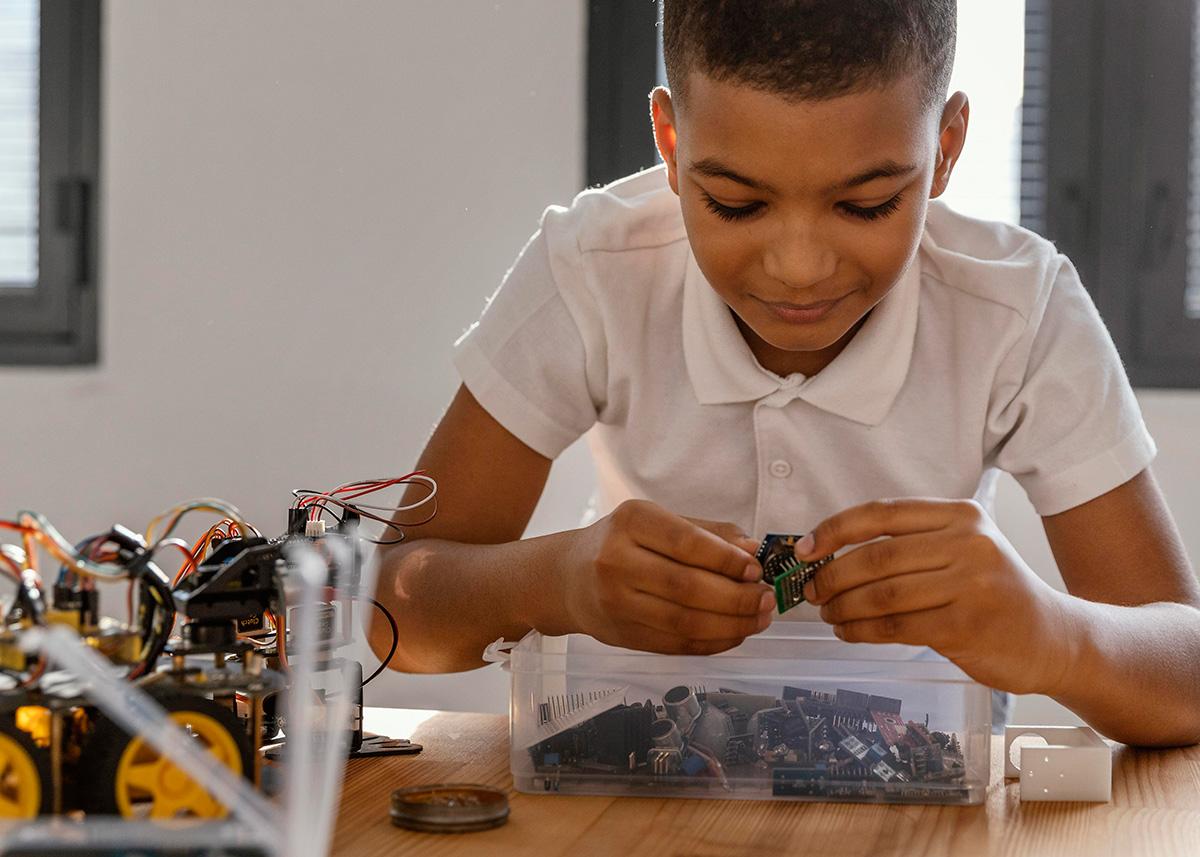
I have been asking many people the very same question, and the answers share something in common. Can you guess what the question is?
Coincidences? I do not think so… Human being are curious beings, and learn much better when genuinely engaged. The maker movement inspires people to think like scientists and engineers, explore, tinker and collaborate to find solutions to local problems. Many schools in the USA already work with the STEAM model, but here in Brazil it is very new. It`s easy to get enthusiastic about the making in classrooms, but how to transfer all that to our educational system, how to organize great after school programs, and most important, how to let students explore and practice curiosity?
“I want us all to think about new and creative ways to engage young people in science and engineering, whether it’s science festivals, robotics competitions, fairs that encourage young people to create and build and invent—to be makers of things, not just consumers of things.”President Obama on June 17, 2014
How do maker activities relate to the more linguistic aspect of English teaching? We use the term maker movement to include a massive range of activities. What is the range of activities and possibilities for bi-national centers? What are the outcomes we expect from the maker movement at school? What do we expect kids to learn and be able to do? Where do we include maker activities in a bi-national center teaching environment? Conversation classes advanced students? Conversation clubs at resource centers? Makerspaces? Everywhere?
The answers to these questions are yet to be fully answered. However, anyone who sees firsthand the excitement of the students whenever they engage in maker activities will feel enthusiastic and might redesign classes, design a program for teaching coding in resource centers, or just install a maker shelf.
Sarah - Maker, 15/Jul/2024